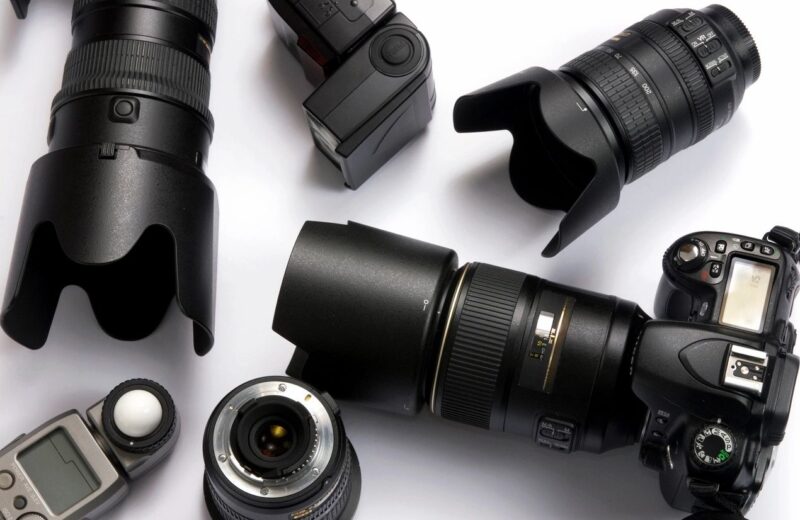Digital photography is based on 3 pillars. Importantly, these pillars lay the strong foundation for any photographer. Hence, along with knowing various photography techniques, it is vital to have an in-depth knowledge of these pillars.
First and foremost, Aperture is a basic parameter in photography. The second pillar is shutter speed. Finally, ISO constitutes as the 3rd pillar. Thus, if you want to become a good photographer, these basics are undoubtedly important.
This blog contains brief information about Aperture. You can find various tutorials regarding the photos taken with different aperture values. However, it is beneficial to know the basics first. The common digital photography tips constitute of suggesting different settings. But, I feel budding photographers should understand the concepts.
So, without any further delay, scroll down to understand Aperture and related photography techniques.
PHOTOGRAPHY BASICS: APERTURE

- In simple words, Aperture means a small gap.
- In terms of photography and optics, aperture is the gap through which light enters the camera.
- As digital photography is based on the utility of lenses, aperture is related to a lens.
- Thus, aperture is the opening in your camera lens through which light from an object enters.
Aperture governs the exposure and depth of field of your photograph.

REAL-LIFE EXAMPLE OF APERTURE
Your eye is the excellent example of aperture. Consider that your eye is the lens. When you go in a dark room, the pupils open to let the available light enter.
Similarly, as you go in a place with ample light, the pupils become narrow as there is plenty of light available already.
In the same way, when you take photographs, the lenses act as eyes. So, you have to adjust the aperture based on available light. This is, indeed, one of the most important digital photography tips.
Memorize this: Aperture determines the exposure of your photograph.
HOW DO I RECOGNIZE MY APERTURE SETTING?
Every digital camera has a number which is prefixed with the letter ‘f’. This ‘f’ determines your aperture value.
In other words, this ‘f’ number implies how much of your lens diaphragm is open. Moreover, ‘f’ implies the focal length of your lens.
Some important things to understand about ‘f’ number:
- The ‘f’ number is the fraction which determines a change in aperture.
- Furthermore, it recognizably governs the depth of field.
- The term ‘f-stop’ indicates an increment or decrement in the aperture value.
Now, to simplify the concept of ‘f-number’, the following table is, indeed, valuable:
| f-number (Example) | Aperture |
| f/2.0 | Big |
| f/4.0 | Medium |
| f/5.6 | Medium |
| f/11.0 | Small |
| f/22.0 | Small |
Therefore, before indulging in any photography techniques, the knowledge of ‘f’ number becomes vital. As you can see, the ‘f’ number corresponding to bigger fraction indicates greater aperture and vice versa.
Generally, a bigger aperture allows more amount of light to enter the digital camera lens. This illuminates your photo. All in all, an f/4.0 is suitable when you are struggling with light.
On the other hand, you need to close the aperture when there’s ample of sunlight. In this case, a small ‘f’ fraction number (e.g. f/11.0) is suitable.
In addition to controlling aperture, ‘f’ number changes the depth of field too.
- Large values (f/2.0, f/2.8…) result in the well-known ‘bokeh’ effect. This indicates the background of your object getting blurred.
- On the other hand, when you want to capture landscapes and sceneries, a small aperture does the trick.
- New photographers must experiment with aperture values to a large extent.
OKAY, SO IS IT MANUAL OR AUTOMATIC?
Aperture can be changed both manually as well as automatically. In manual mode, you can move the respective DSLR knob. The shutter-priority mode, the aperture changes automatically. Also, the aperture-priority mode, the aperture value can be set be a user.
Furthermore, in the fully automatic mode, all the parameters are selected by the DSLR.
Generally, I feel photographers should mostly use manual mode in their DSLR. Firstly, this mode gives a better control on real-time photos. Secondly, you learn many things by shooting in manual mode.
In contrast, some situations demand less attention to details. For instance, you might be in a place where the aperture is more important. In other words, you want to experiment on the aperture values without focusing on shutter speed.
In this condition, you can shoot in the aperture-priority mode. This mode allows a user to define the aperture value. Further, the camera adjusts other parameters like shutter speed.
HOW PHOTOGRAPHERS USE APERTURE?
Several digital photography tips hover around the specific use of the photography pillars. It takes considerable time in mastering the basics.
Professional photographers often find their niche after constant practice and internal inclination. Likewise, they use digital techniques to enhance their vision.
You can observe different niches in photography. Importantly, as they differ, the settings of a camera differ too.
Portrait photographers generally use a larger aperture. Why? You guessed it right – For controlling the depth of field. For portrait photography, your object must stand-out. So, the background must look as minimal as possible.

On the other hand, photographers who travel in nature capture landscapes and animals. They use a tripod, place their DSLR and use a small aperture. In this scenario, they lower the shutter speed to compensate the quantity of light.

Smaller aperture helps in capturing all the exquisite details in a landscape. If you observe any landscape image, the trick is to make almost all elements visible to the naked eye.
MISCELLANEOUS KEY POINTS ABOUT APERTURE
Although aperture can be studied from various sources, different practical problems exist. Over the years, many photographers have basic doubts. Hence, some key points on aperture are crucial:
- Each lens has a different range of aperture. So, one has to buy a new lens based on the purpose of utility.
- Generally, an aperture value of f/8.0 produces sharp and clear images. Although, you have to consider light. Hence, this value can differ as per lens model, environmental conditions and object.
- Sharpness, illumination and background blur are the common parameters dependent on aperture value.
SUMMARY
The vital aspect of learning digital photography is actual practice. Despite several blogs, articles and videos on the internet, a day in the sun with your beloved DSLR proves highly effective. Believe me, when you do this and read the article later, things begin to get simpler.







